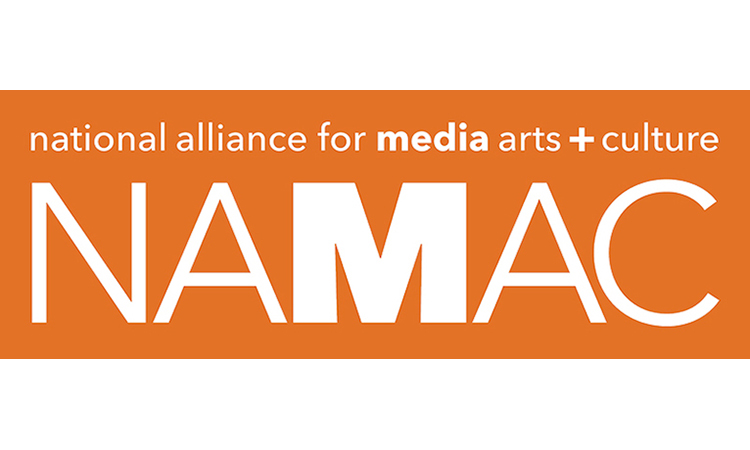Facilitating collaboration, strategic growth, innovation, and cultural impact for the media arts field
Author archive for: rose
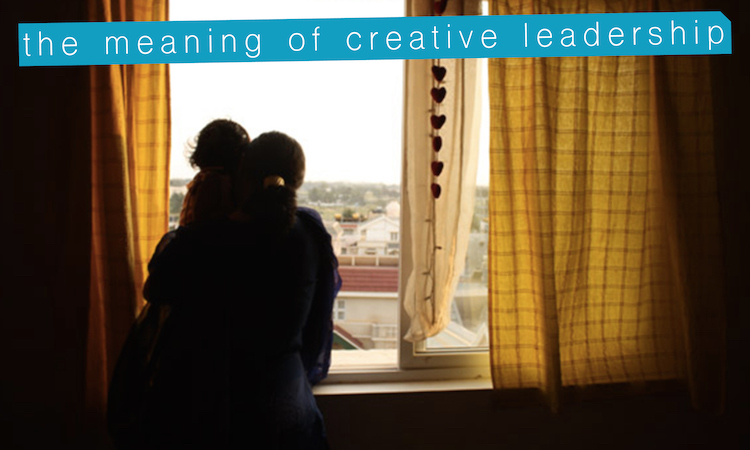
The Beautiful Chaos of Creativity
By Katerina Cizek
With collaboration at its core, the challenge of Creative Leadership is the dance between the (beautiful) chaos of creativity and the (necessary) framing, organizational instinct of more conventional forms of leadership. Both "Creative Leadership" and "Leading Creatively" mean keeping wheels on both tracks, in parallel.
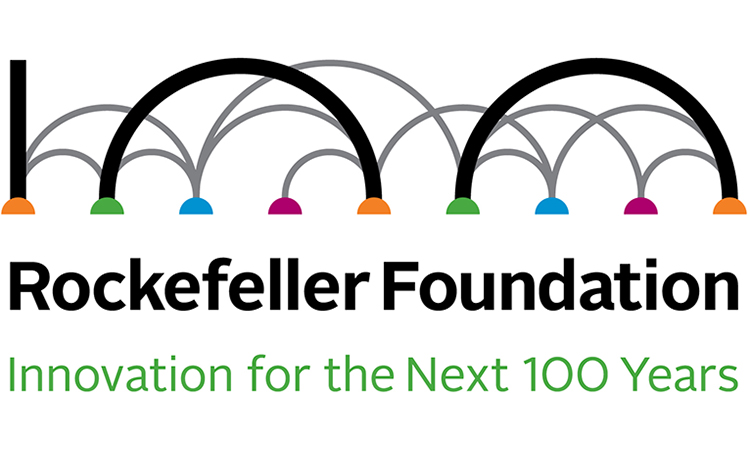
NAMAC Receives $232,000 Grant from the Rockefeller Foundation for Innovative Global Arts + Climate Change Initiative
SEPTEMBER 1, 2015— The National Alliance for Media Arts and Culture (NAMAC) today announces a $232,000 grant from The Rockefeller Foundation to support NAMAC’s Innovation Studio and the formation of the Creative Impact Network, a digital media platform connecting global audiences to art, science, and journalism on urgent social issues.

Why the Arts Need Responsible Data Journalism
By Casey Rae
Before the Internet, few outside of research or technical vocations had much concern with data. Now, as users and producers in an increasingly Internet-centric economy, we’re all swept up in the dataflood. All of this activity, individually and in the aggregate, contributes to the massive volume of data generated every day. Contextualizing all of this information and translating it for human comprehension is one of the key challenges of our time.
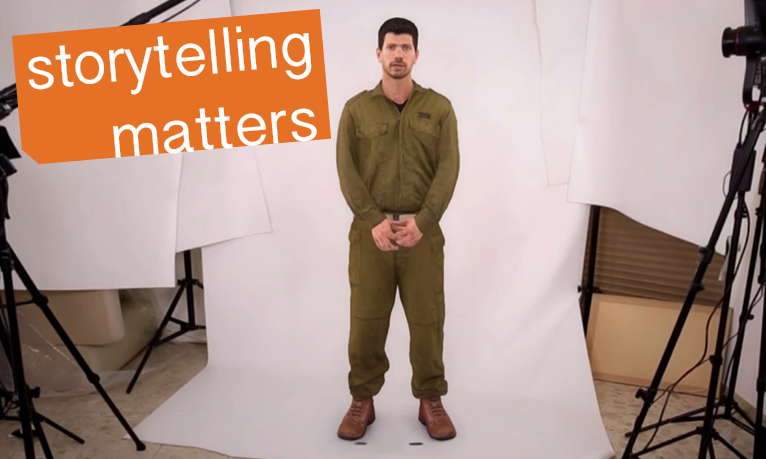
Virtual Reality in Conflict Zones
By Conor Risch
Like oxygen to fire, new generations of soldiers feed longstanding conflicts. It’s unlikely that young people who take up arms in places like Israel and Gaza, El Salvador, Afghanistan and the Congo actively choose to deny the humanity of their enemies. The cultures that raise them, and the history of the conflicts into which they step, cast enemies as “the other,” as people without decency or compassion or hopes and dreams, and it can be easy to avoid digging for alternate views.
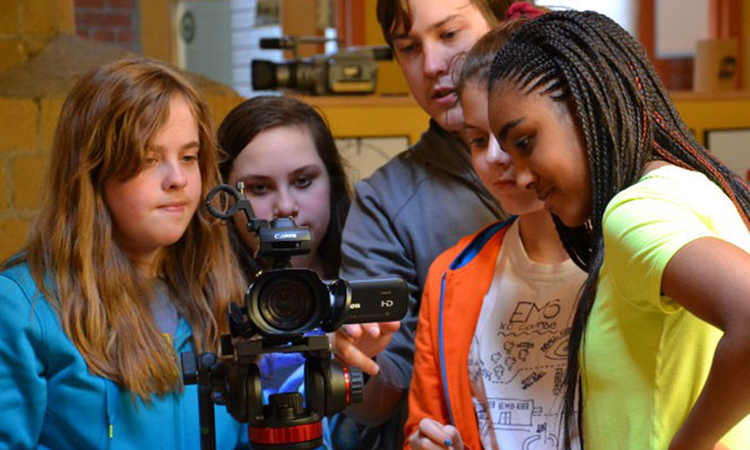
Rethinking Media Literacy
By Bill Simmon
The NAMAC Creative Leadership Lab at the Sundance Resort not only helped to recharge my creative batteries and to connect with some amazing change agents in the media and arts worlds, it also allowed me to articulate some pretty fundamental ideas about what we in the field of community media are really doing.
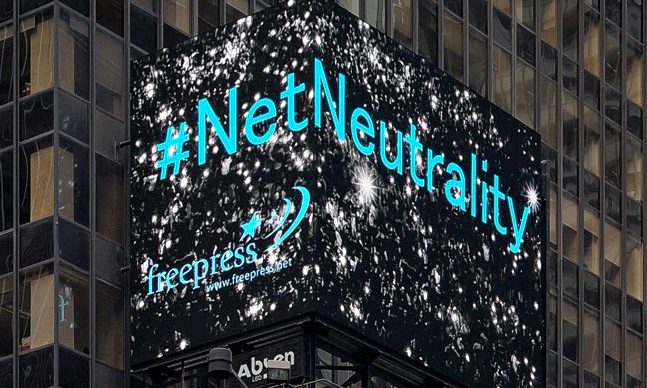
Media Policy Watch—July 2015
By Rose Kaplan
It's been a quiet month for Net Neutrality. The Hill's David McCabe reports on the climate around the FCC and the telecom world as the new rules have gone into effect, noting that only one complaint has so far been filed—by San Diego-based Commercial Network Services, against Time Warner Cable.
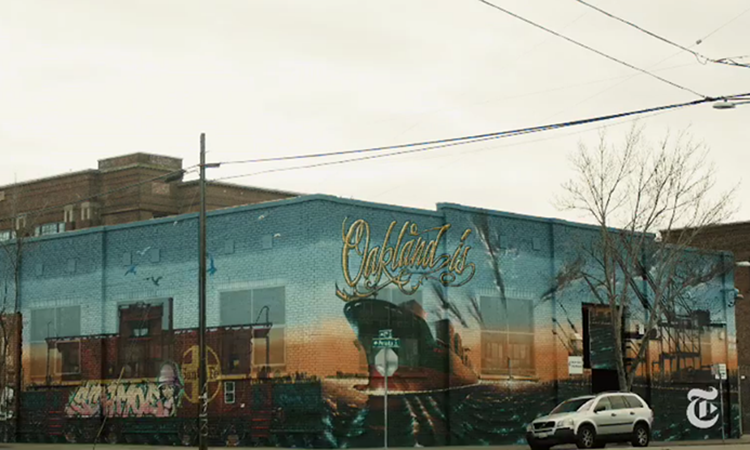
Narrative Injustice
By Wendy Levy
I loved the Ms. magazine No Comment section, where they curated some of the most heinous sexist advertisements currently in circulation—and said nothing about them. Just put them out there. Since the 1970s, these dramatic micro-stories illuminated systemic violence and discrimination against women in every aspect of our American lives.
I wish I was good at No Comment. When I am confronted with media that perpetuates injustice, I tend to comment. I’m writing about a video The New York Times published today, "A Walk On the Wild (Edibles) Side".
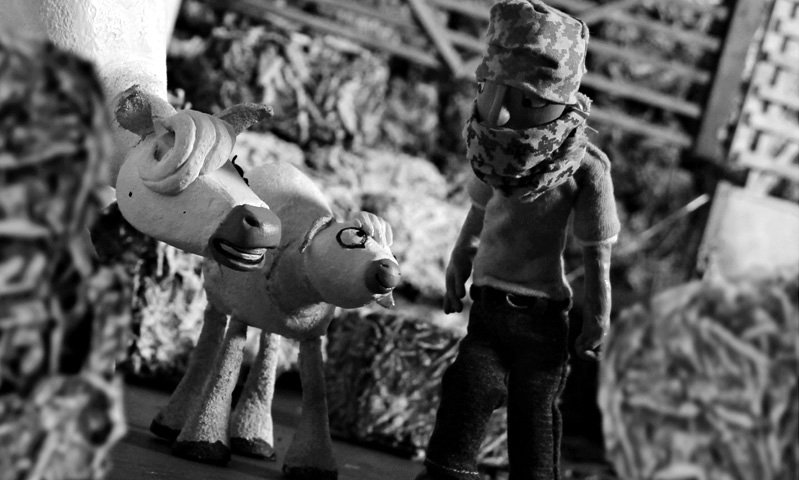
Just Vision Leads Impact Campaign for ‘Wanted 18,’ on Little-Known Story from 1st Intifada
By Just Vision
It’s 1987 and the Israeli army is in hot pursuit of eighteen dairy cows in the town of Beit Sahour, in the Occupied Palestinian Territories. The cows are declared a threat to Israel’s national security after a group of Palestinians begin producing milk for the town’s residents. The Israeli soldiers find themselves in a game of cat-and-mouse as residents of the town work together to shuttle the cows from barn to barn. The fugitive cows of Beit Sahour become legendary and the “intifada milk,” often distributed under cover of night, is a statement of self-reliance that provides their community with alternatives to replace Israeli goods.
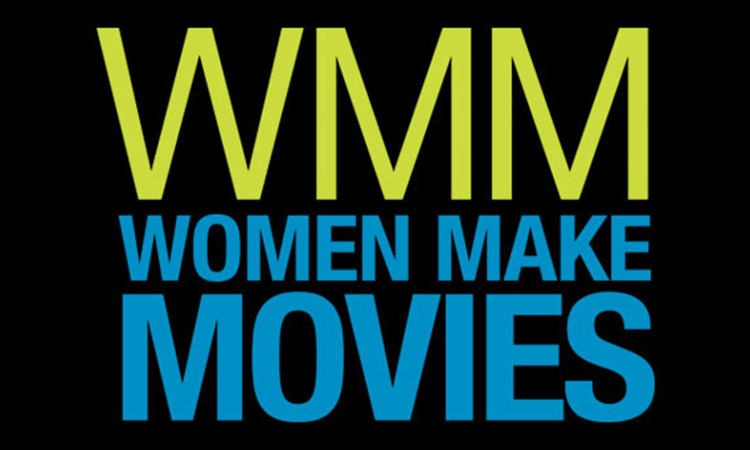
Ending the Inequity: Women Make Movies Supports Women Filmmakers With Industry Opportunities
By Tracie Holder
Recently, Indiewire released an article, “Sorry, Ladies: Study on Women in Film and Television Confirms The Worst,” in which they reported the following:
Only 12% of all clearly identifiable protagonists were female in 2014. This represents a decrease of 3% from 2013 which is a decrease of 4% since 2002.
74% of all female characters were White, 11% were Black, 4% were Latina, 4% were Asian, 3% were otherworldly, and 4% were other. Moviegoers were almost as likely to see a woman portray an alien as they were to see a Latina or Asian female character.

